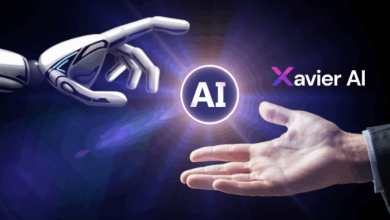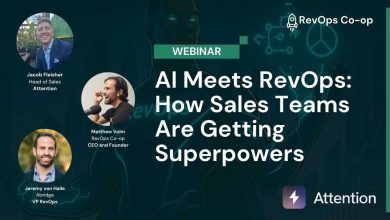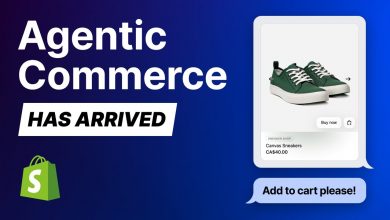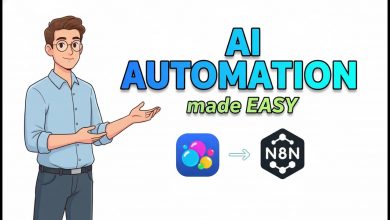Ai for Tourism: Exploring Strategy and Options for Travel Chatbots
Helping tourists learn more about destinations and co-ordinating their travel plans is a great example of a powerful use case for AI chatbots.
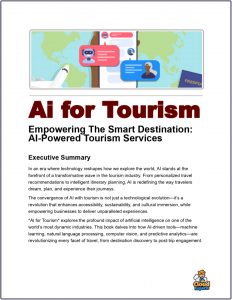 Libby, launched by NYC Tourism + Conventions, is an AI-powered travel chatbot designed to enhance the visitor experience across New York City’s five boroughs.
Libby, launched by NYC Tourism + Conventions, is an AI-powered travel chatbot designed to enhance the visitor experience across New York City’s five boroughs.
Named after the Statue of Liberty, Libby leverages GuideGeek technology from Matador Network to provide instant, personalized travel recommendations in 60 languages, making it accessible to global tourists and locals alike.
It draws on extensive NYC Tourism data and over 1,000 travel integrations to offer tailored suggestions, such as kid-friendly museums in Brooklyn, jazz clubs in Harlem, or dim sum spots in Queens, feeling like advice from a local friend.
Accessible via nyctourism.com (through a chat icon), WhatsApp, Instagram, and promoted on over 4,000 LinkNYC screens, Libby supports travelers in planning itineraries, finding hidden gems, and navigating the city in real time.
Following the success of Ellis, a meetings-focused AI chatbot that doubled traffic to NYC Tourism’s MICE site, Libby targets a broader audience, aligning with events like the 2026 FIFA World Cup. Its conversational, multilingual capabilities make it a game-changer for tourism, offering a seamless, no-code solution for personalized travel planning.
Chatbots
Libby is a powerful example of a chatbot strategy for tourism businesses—such as travel agencies, tour operators, hotels, or destination marketing organizations. The goal is it focuses on enhancing customer engagement, streamlining operations, and personalizing the travel experience.
For example, a travel agency might want a chatbot that answers questions about visa requirements, suggests romantic getaways for couples, and processes tour bookings. The chatbot should adopt a friendly, enthusiastic tone that reflects the excitement of travel,
The strategy revolves around three key objectives: enhancing customer service, driving conversions, and personalizing experiences. A chatbot can answer FAQs like “What are the best family-friendly activities in Paris?” or “Is breakfast included in my hotel stay?” It can also upsell services (e.g., spa packages, guided tours) and collect leads for future campaigns.
By integrating with a tourism business’s website and leveraging no-code platforms, the chatbot becomes a powerful tool that non-technical teams can manage and refine.
Choosing the Right Platform
This article about Booking.com leveraging OpenAI’s advanced AI models to personalize travel recommendations and streamline bookings, highlights the scenario of utilizing enterprise scale, customized technology solutions to build chatbots, integrating vast datasets (e.g., hotel listings, user preferences) and real-time APIs for dynamic pricing and availability, requiring significant technical expertise and resources.
In contrast, the low-code platforms previously discussed—ChatBot, HubSpot, Botpress, Chatling, and Botsonic—enable non-technical users in tourism businesses to create chatbots using intuitive, no-code interfaces and pre-built templates.
These platforms allow staff to upload destination guides or FAQs into user-friendly backend portals, achieving similar goals (personalized recommendations, booking support) with minimal coding and lower costs. While the enterprise approach offers deeper customization and scalability for large organizations like Booking.com, low-code solutions provide faster deployment, affordability, and accessibility for smaller tourism businesses, sacrificing some advanced functionality for ease of use.
For tourism businesses, Chatling ($15/month, free tier with 250 messages) or Botsonic ($16/month, 7-day trial) are top choices due to their simplicity, fast setup, and affordable pricing. HubSpot (free tier, $15/month for advanced) is ideal for businesses using its CRM to personalize travel recommendations. ChatBot ($49/month, 14-day trial) offers robust tourism templates, while Botpress (free tier, $89/month) suits those needing advanced integrations like booking APIs, though it’s less beginner-friendly.
All platforms provide backend portals for non-technical staff to update content, ensuring flexibility as offerings change.
MyTrip.AI
MyTrip.AI takes this a step further, offering this same low code approach, furthermore tailored specifically for travel businesses. Mytrip is a generative AI platform designed specifically for travel professionals, including tour operators, travel agencies, OTAs, and hotels.
It provides AI-powered chatbots and tools to enhance customer interactions, streamline operations, and boost sales. Unlike general-purpose no-code platforms, MyTrip.AI is tailored to the tourism industry, offering features like personalized travel recommendations, multilingual support, and integrations with booking systems.
Its no-code interface and backend portal make it accessible for non-technical staff, while its travel-focused AI capabilities align with enterprise-grade personalization.
Example Strategy in Action
Imagine a boutique travel agency specializing in European tours. Using Chatling, the team uploads a PDF of tour packages and links to their website’s destination pages. In the visual builder, they create a flow: the chatbot asks, “Where are you dreaming of traveling?” and offers options like “Italy,” “France,” or “Custom Itinerary.”
If a user selects “Italy,” the chatbot suggests a “Tuscany Wine Tour” based on the uploaded data. Staff update the backend portal with new deals (e.g., a summer discount) and monitor analytics to see which tours attract the most interest. The chatbot is embedded on the website and WhatsApp, capturing leads and guiding bookings 24/7, reducing staff workload by 30% and boosting conversions by 20%, as seen in similar use cases.
